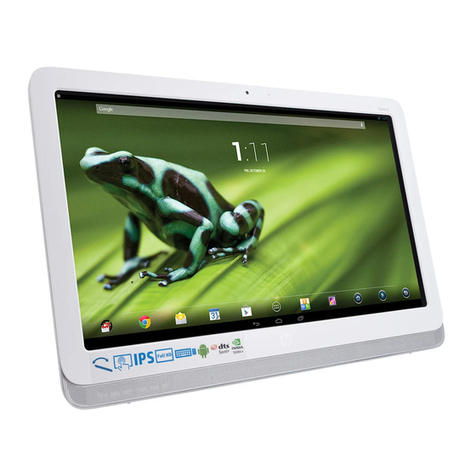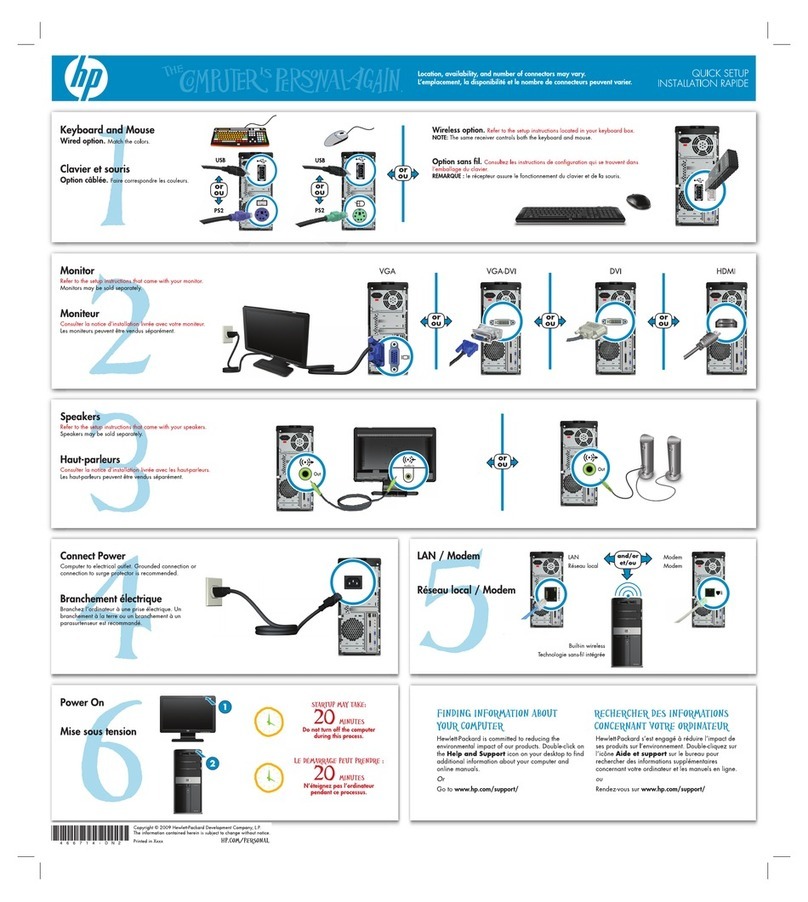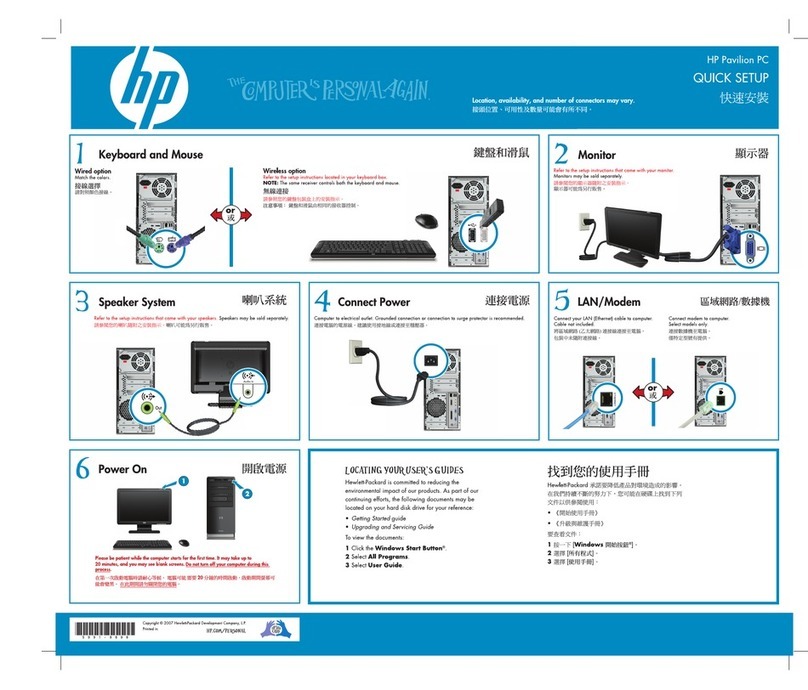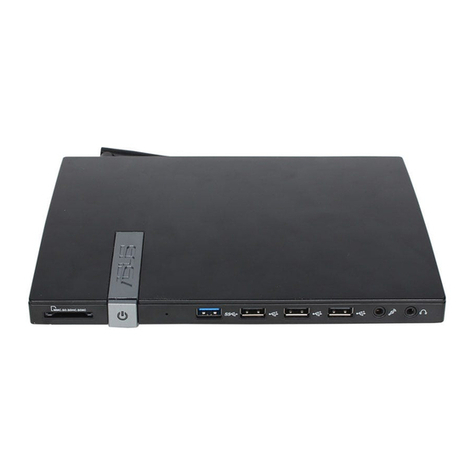HP Compaq D315 Use and care manual
Other HP Desktop manuals

HP
HP ENVY Phoenix 810 User manual

HP
HP Compaq D315 Parts list manual
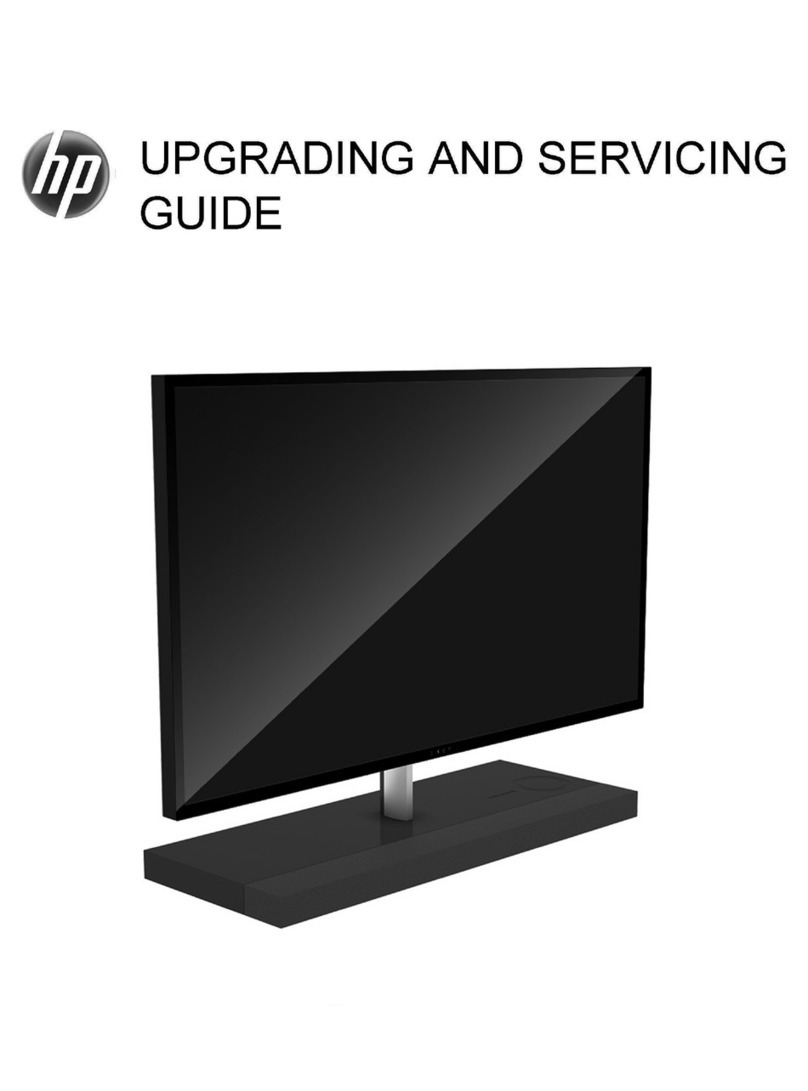
HP
HP 27-B110 User manual
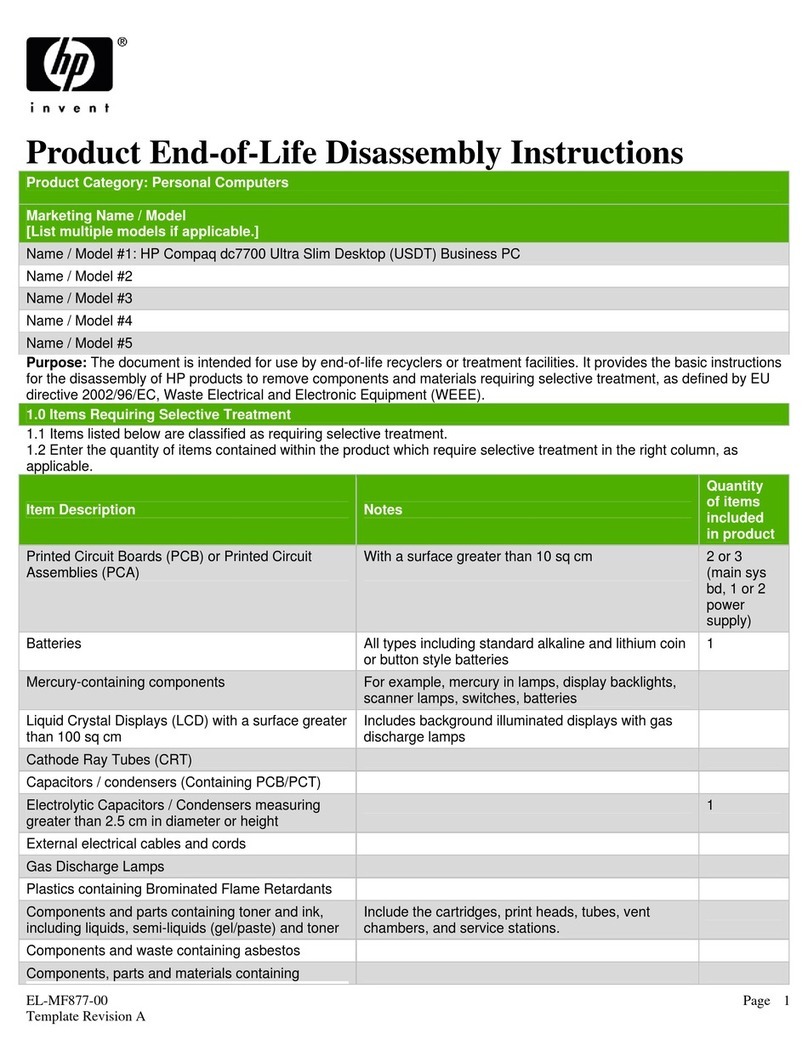
HP
HP Compaq dc7700 Ultra Slim Desktop (USDT)... Assembly instructions
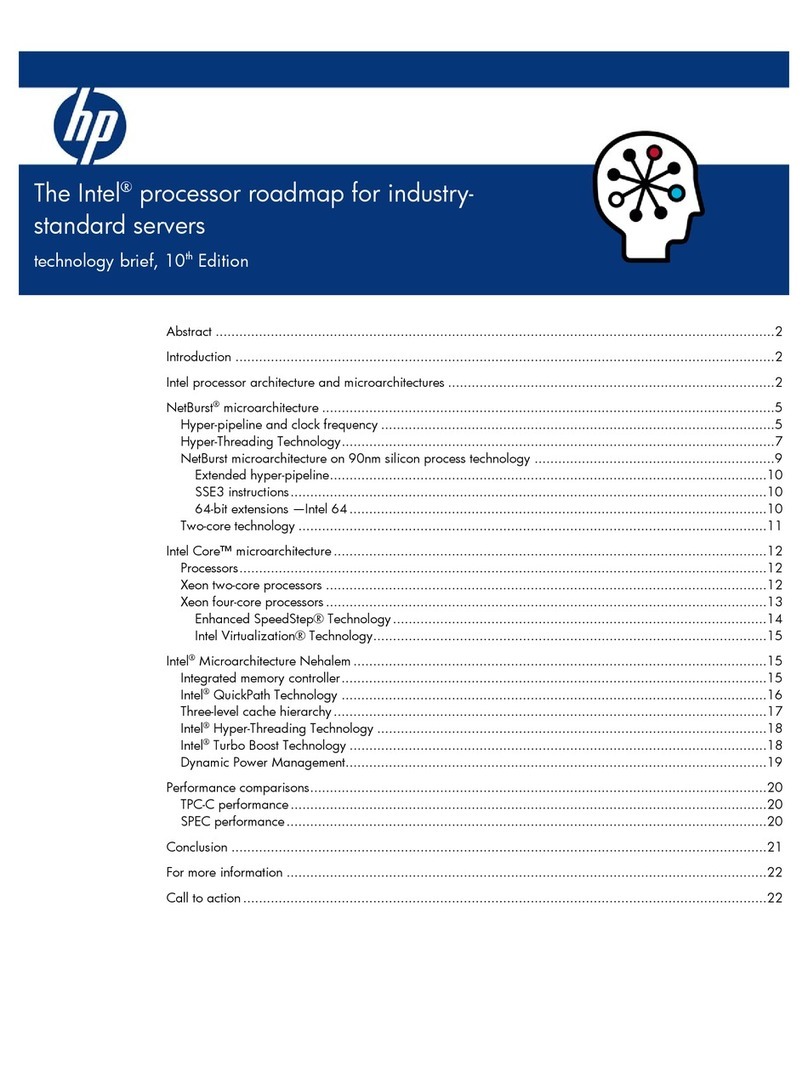
HP
HP 124708-001 - ProLiant Cluster - 1850 Reference manual

HP
HP 330 Operating and installation instructions
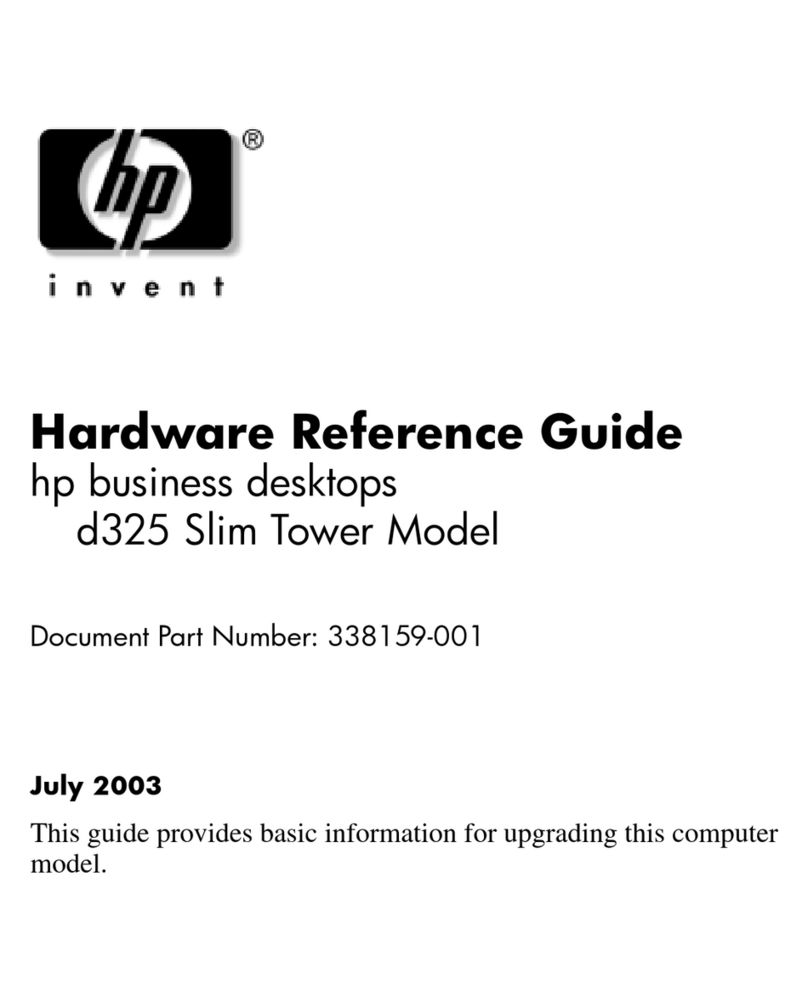
HP
HP d325 Slim Tower Model Operating and maintenance manual
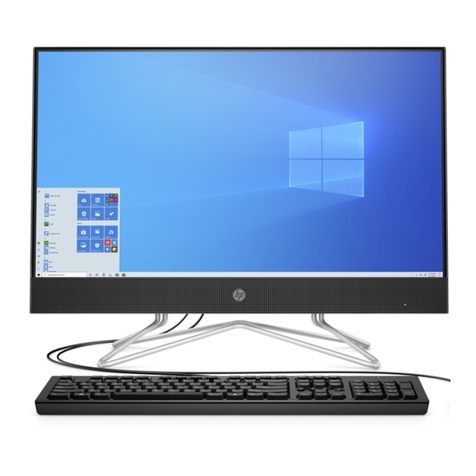
HP
HP 24 Assembly instructions
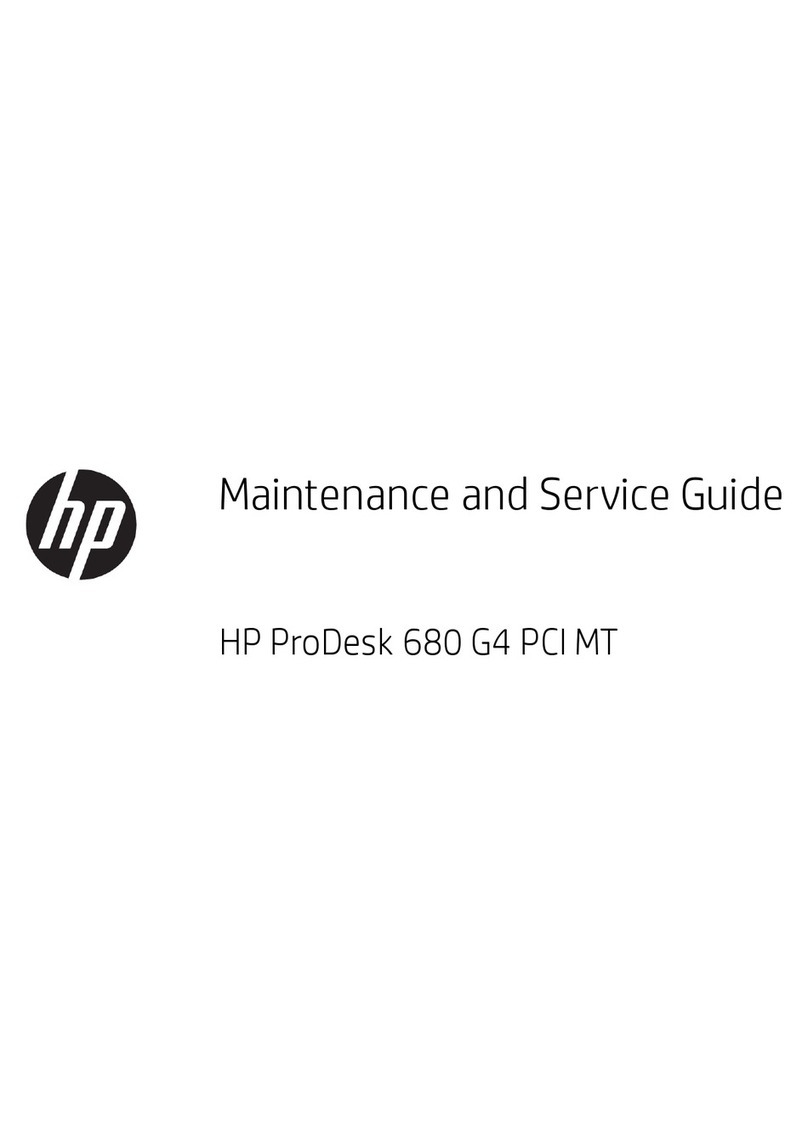
HP
HP ProDesk 680 G4 PCI Microtower Business Manual
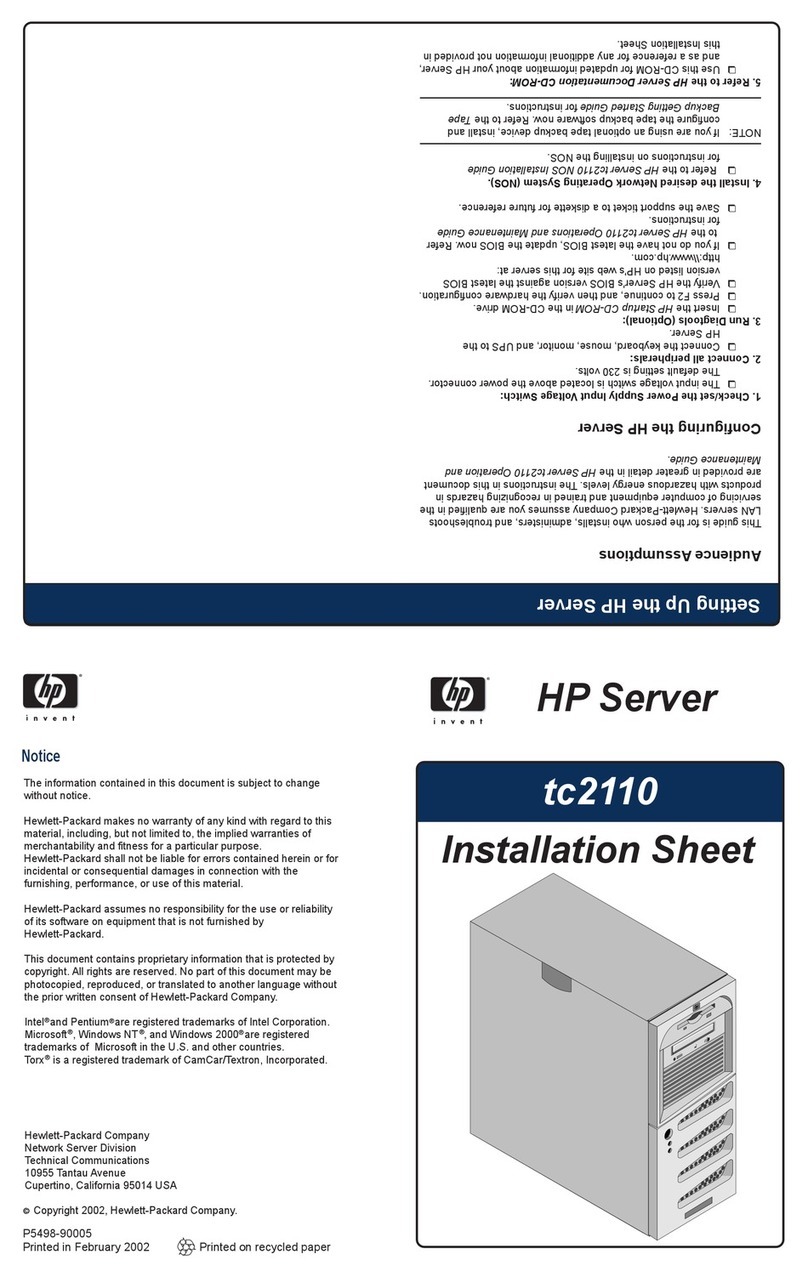
HP
HP Tc2110 - Server - 128 MB RAM Assembly instructions
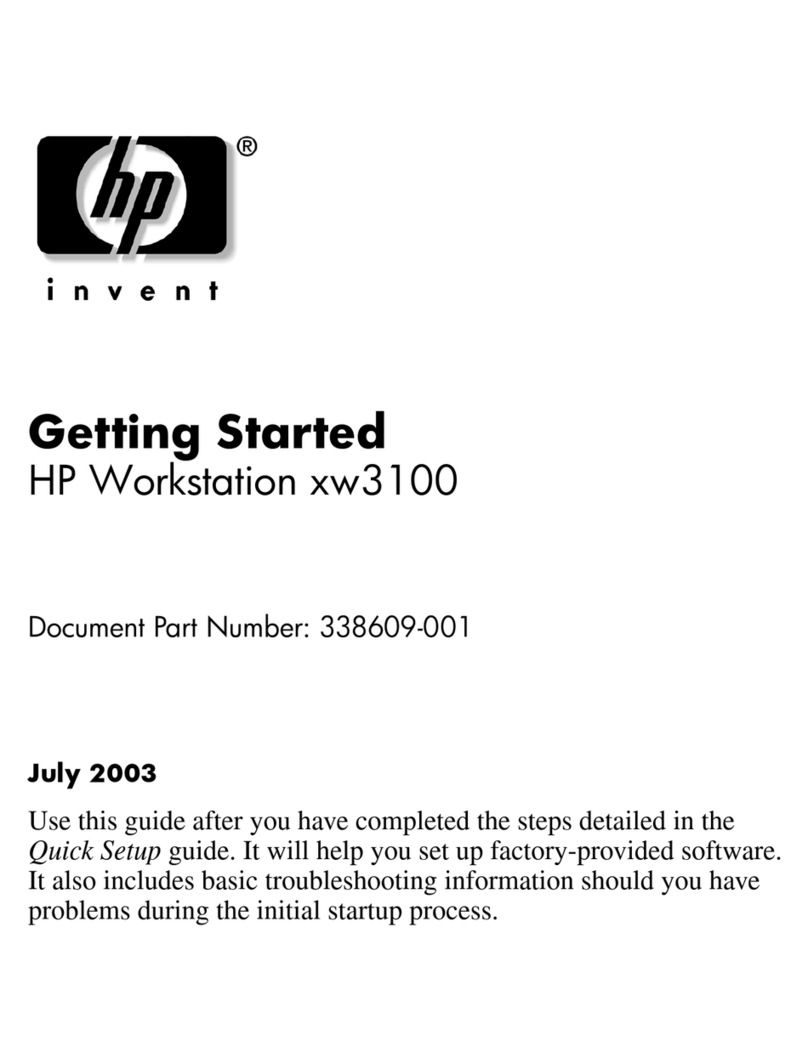
HP
HP Workstation xw3100 User manual
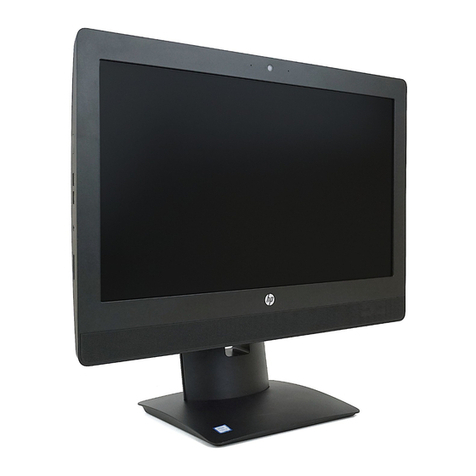
HP
HP ProOne 600 G3 User manual
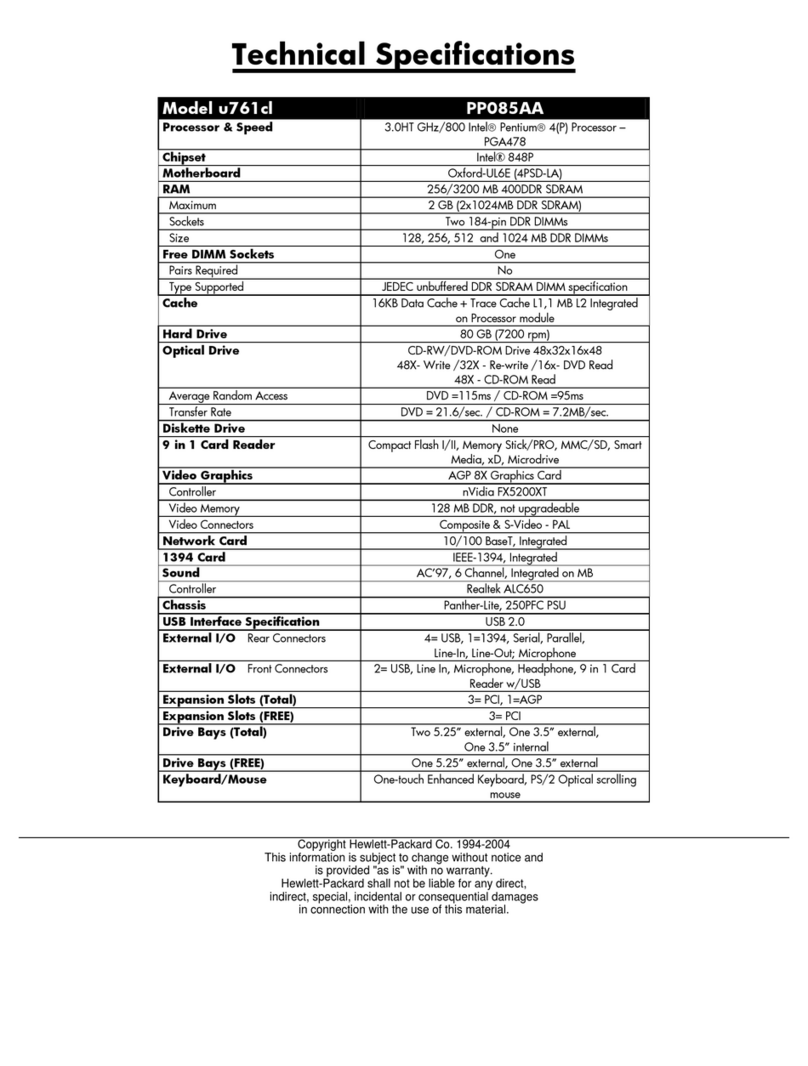
HP
HP Pavilion u700 - Desktop PC User manual

HP
HP b2600 Use and care manual
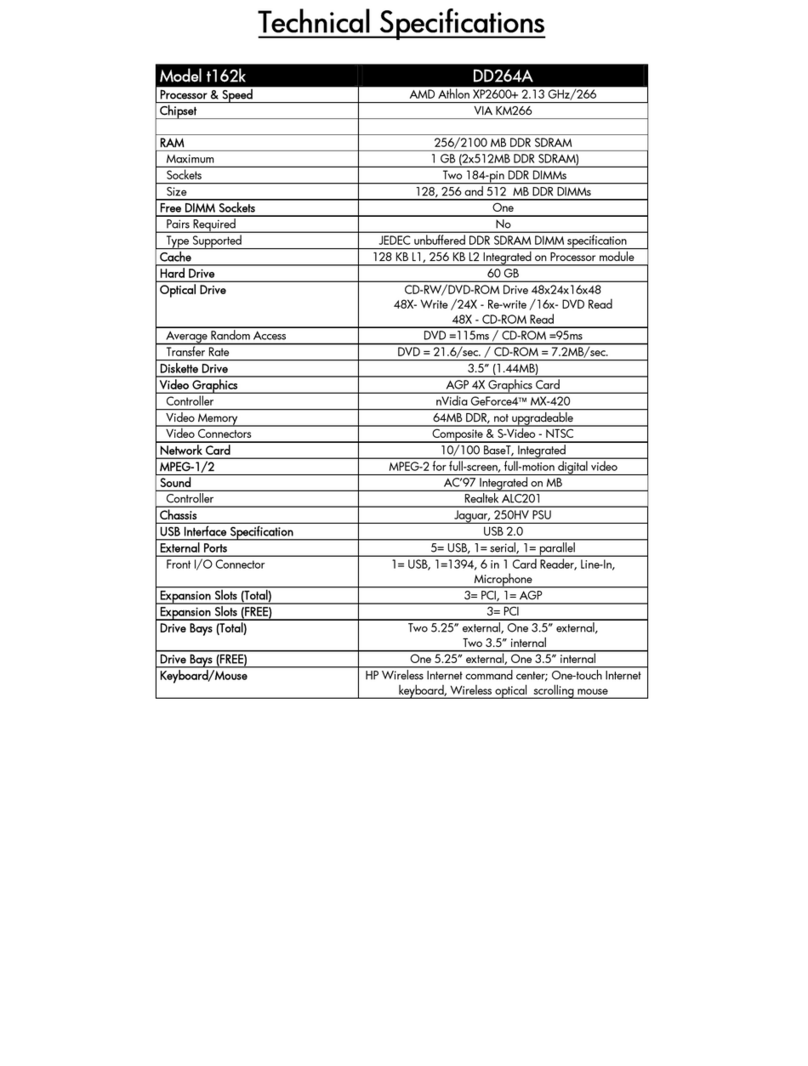
HP
HP Pavilion t162 User manual

HP
HP c3700 - Workstation User manual

HP
HP Bc1500 - BladeSystem - Blade PC User instructions
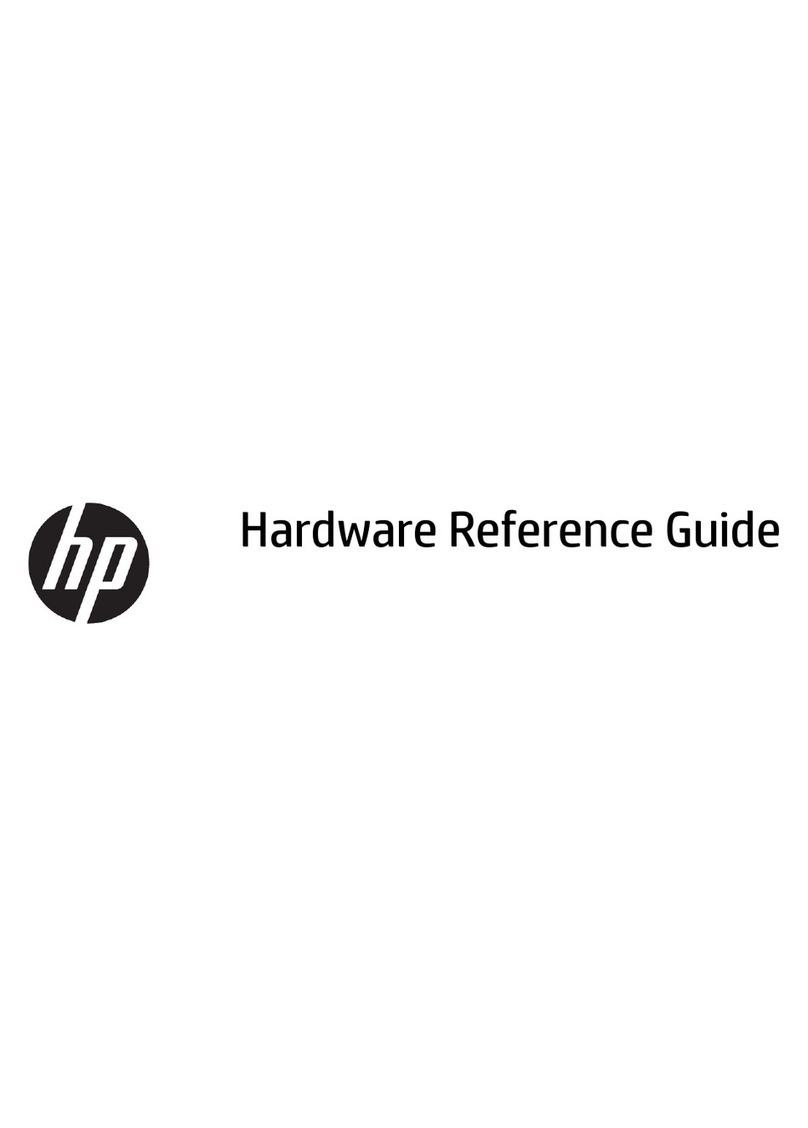
HP
HP ProOne 600 Operating and maintenance manual
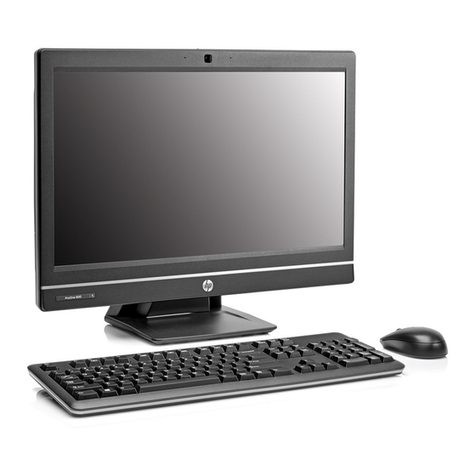
HP
HP ProOne 600 Operating and maintenance manual
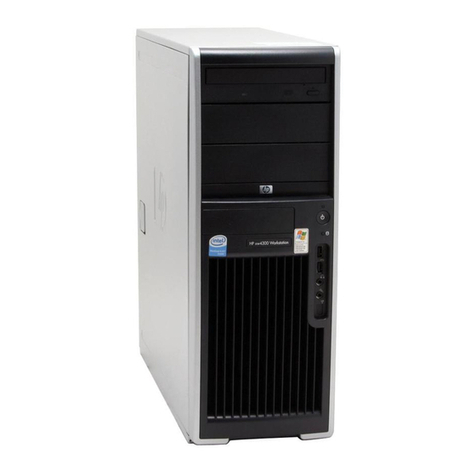
HP
HP Xw4300 - Workstation - 2 GB RAM User manual

